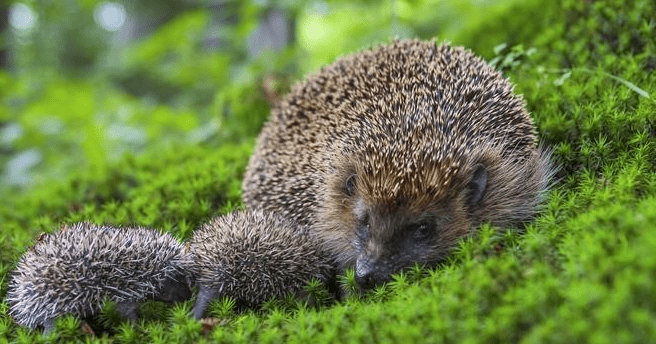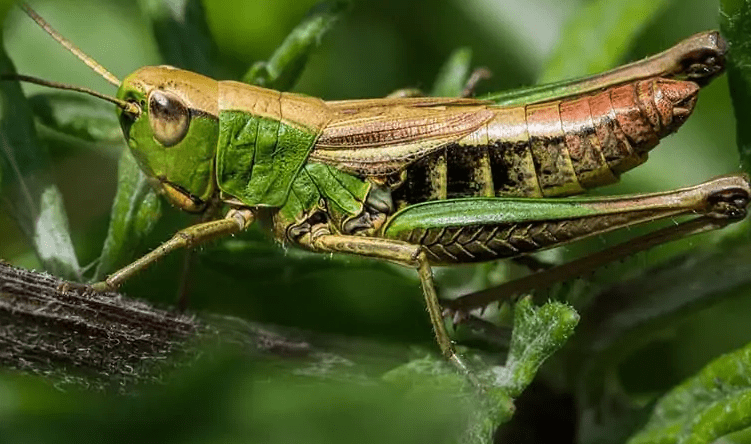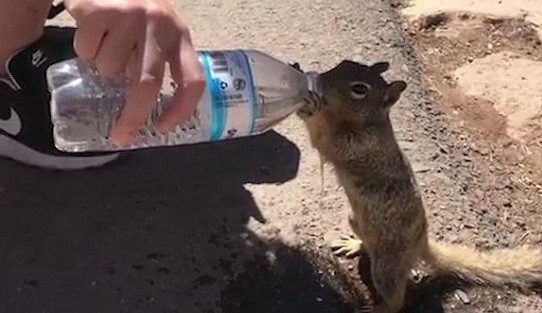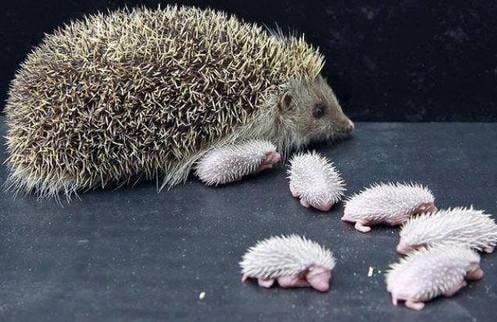Whether the allotment garden in the city or the garden in the country – sooner or later most are visited by rats. Often, however, the unwanted visitors are only noticed by their droppings. How to recognize rat droppings and how to proceed with their removal, we reveal here.
Appearance
Rat droppings are comparatively easy to recognize by appearance. However, it should not be viewed at close range without protection. Also, stirring up and inhaling dust that has come into contact with the droppings could be dangerous.
This is because of possible pathogens and parasites that may be present in the rat droppings. Although only a few of these can be dangerous to humans, infection cannot be completely ruled out.
You can recognize the droppings of the house rat by the following characteristics:
- 1 to 2 cm long
- elongated and narrow “sausages”, which can be slightly curved
- fresh droppings light to medium brown and shiny
- older feces dark brown to black and dry
- tends to be scattered
Rat droppings closely resemble mouse droppings, but are significantly larger than them. The excrement of wandering rats differs slightly from it and can be recognized by the following typical features:
- 2 to 3 cm long
- wide or thick “cocoons
- dark brown to black
- usually in a pile and not scattered
Signs of rats
If rat droppings or the droppings of mice have been found in the garden, this is not yet a reason to panic. Often the droppings are found only after the animals have already moved on. If the animals have “settled down”, other signs are also noticeable. These include:
- urine or ammonia odor
- very much and fresh excrement
- walking paths that can look like human sidewalks
- gnaw marks
Indoors, such as the garden shed or garage, walking marks on the floor may also be noticeable. Dirty or greasy marks, drag marks and paw prints are all possible.
Remove
If the droppings are small and there are no other signs of a rat infestation, it is usually sufficient to remove the droppings and clean the floor. The procedure is as follows:
- gloves
Wear solid disposable latex gloves and, if necessary, a mouth guard and painter’s coveralls for protection. This is especially recommended for very fresh feces or old feces that are in a dry, very dusty environment.
- collection
Wipe up or collect the feces with moistened cellulose and place in a plastic bag, sealing the bag tightly.
- disinfect
Thoroughly saturate the floor with disinfectant and let it soak in. If this does not completely eliminate the odor, an additional enzyme cleaner can be used.
- disposal
Dispose of gloves, face mask and suit afterwards also packed in a bag. Clean skin thoroughly.
When cleaning, be careful not to stir up dust and only use tools that can be disposed of or thoroughly disinfected afterwards. You should therefore never remove the excrement with a vacuum cleaner.







